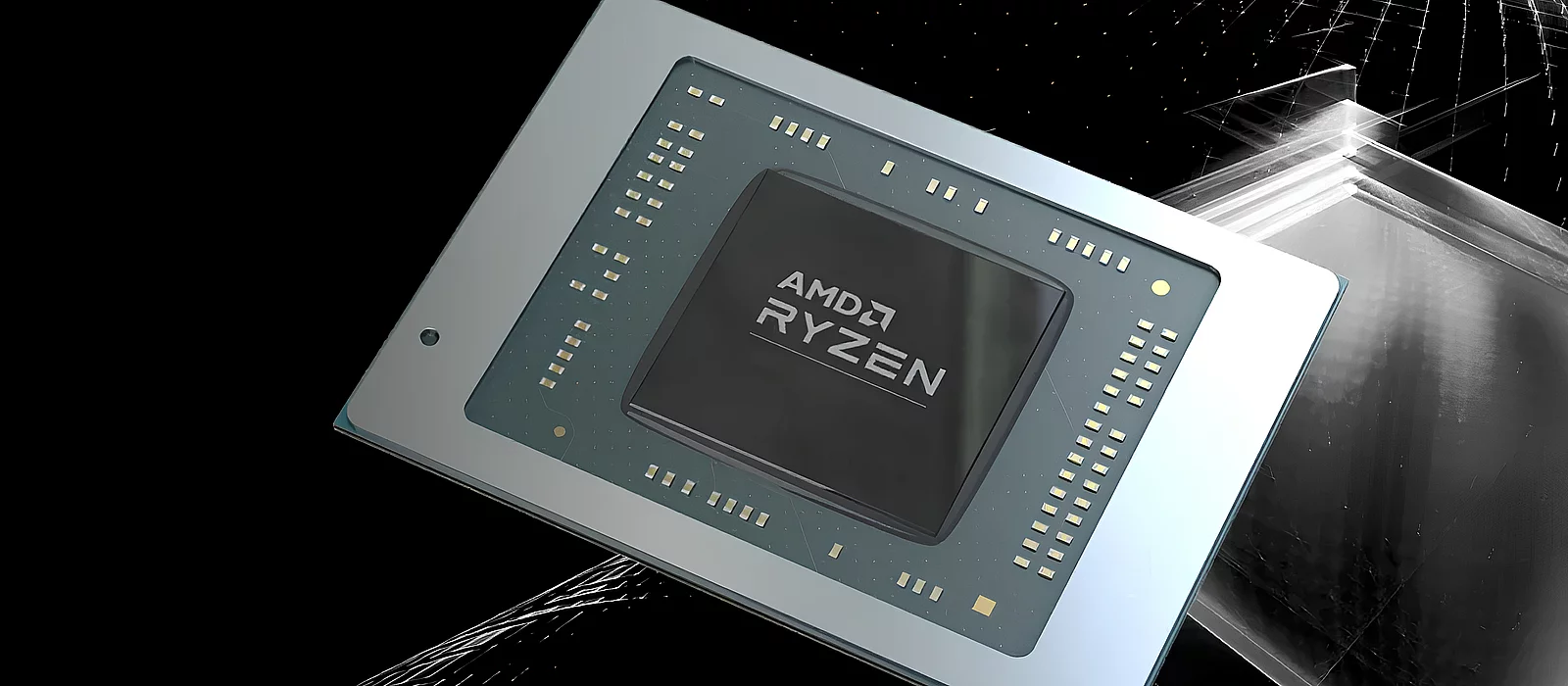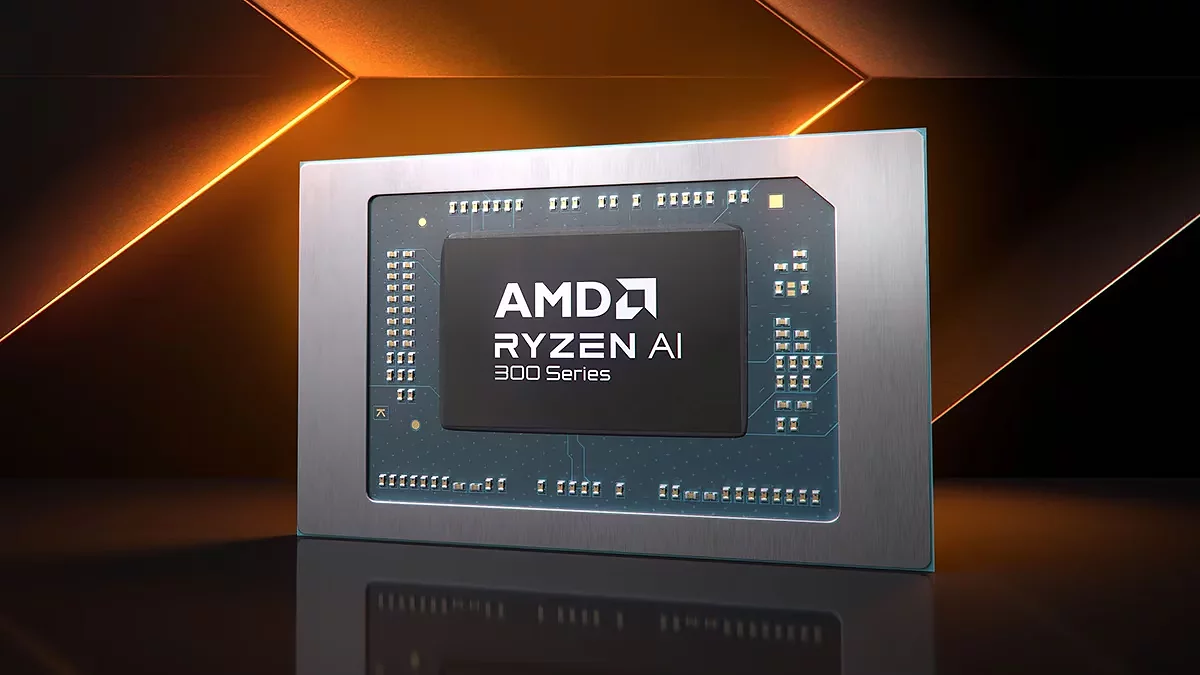AMD Plans Desktops with Mobile Graphics on Par with RTX 4060

In a recent interview on Bilibili, AMD CEO Lisa Su gave a clear answer regarding the transition of Strix Halo mobile processors to the desktop segment. “Yes, absolutely!” she said in response to a question from an ASUS China representative. This statement could mark the beginning of a new class of PCs, combining the power of gaming systems with the energy efficiency of ultrabooks.
Originally designed for laptops and mini-PCs, Strix Halo boasts impressive specs: 16 Zen 5 cores, clock speeds up to 5.1 GHz, and integrated Radeon graphics with 40 compute units (CUs) based on the RDNA 3.5 architecture. According to tests, the iGPU in these APUs outperforms the GeForce RTX 4060 in gaming, raising doubts about the necessity of a discrete GPU in mid-range systems.
However, bringing these chips to desktops presents some challenges. Strix Halo is physically larger than the Ryzen 9000 and designed for the FP11 socket, making it incompatible with AM5. AMD will likely follow the path of partners like Minisforum, which previously adapted mobile processors for Mini-ITX desktop boards. Solutions like the BD790i already support PCIe 5.0 for adding discrete graphics while maintaining a compact system size.
The main trade-off is the fixed configuration. Like in laptops, replacing the processor or cooler in such systems will not be possible. However, users will retain the freedom to choose RAM, storage, and even an external graphics card if needed. This opens the door for compact PCs, comparable in size to a gaming console, capable of running 4K games with moderate power consumption (under 300W).
Experts foresee two possible scenarios:
- Pre-built OEM solutions — Mini-PCs from manufacturers like ASUS or Framework, where Strix Halo is soldered to the board.
- Specialized motherboards — For enthusiasts looking to build their own systems.
Bringing Strix Halo to the desktop market could redefine compact PCs, allowing them to compete not only with budget builds using discrete graphics but also with gaming consoles while offering greater flexibility. No official release dates have been announced yet, but it’s clear that AMD is determined to blur the line between mobile and desktop technologies, ushering in a new era of hybrid computing.
-
AMD to Launch Gorgon Point APU Lineup in 2025
-
AMD to Refresh Threadripper PRO Lineup — Leak Reveals Specs
-
93% Power for 70% Energy: AMD Radeon RX 9070 Redefines the Game with Undervolting
-
AMD unveils technology that simplifies PC upgrades
-
FSR 4 for RDNA 3: Did AMD Accidentally Reveal Its Plans in an Official Presentation?

